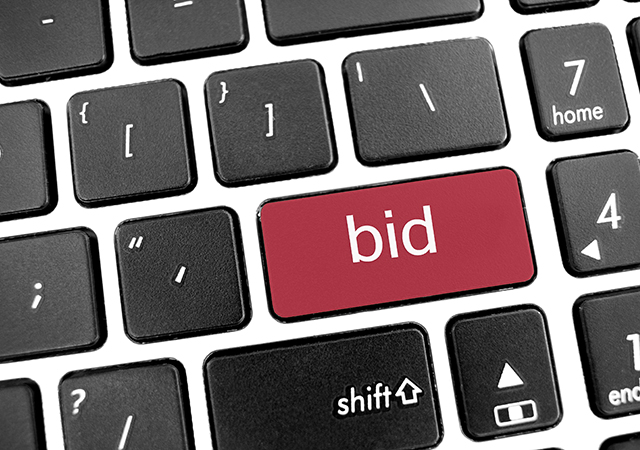
 Sport City-Qatar ... Lumatron role.
Sport City-Qatar ... Lumatron role.
Thanks to its commitment to keeping pace with the advances made in lighting technology, Lumatron has succeeded in establishing a niche for itself in the Qatar market within a span of five years and is now set to broaden its horizons further in the region by expanding into the UAE.
The company has seen steady growth over recent years with a staff strength of 15 – up from 11 last year – building on its strengths, in-house design capabilities and the fact that it can supply the A to Z in lighting systems, according to Yasser Wehbe, managing director of Lumatron.
“We have also increased our warehousing capabilities as well as our fleet of trucks by a further three,” he continues.
Lumatron was founded in Lebanon in 1977 by Wehbe’s father and became a thriving business. The firm soon realised that the local market was too small to sustain its ambitions and hence began to spread its wings abroad, first opening a branch in Adelaide (Australia), then Lagos (Nigeria) followed by Doha in 2002.
“In recent months, I have been concentrating on developing our Abu Dhabi office and am pleased to say that we will open the office in early 2008. We have acquired the office and already appointed our business development manager, who will be transferred to Abu Dhabi to run our operations there,” he points out.
The company is also looking to the US as well as the Far East to further enhance its brand portfolio.
Wehbe is thrilled by the fact that Lumatron plays a key role in making buildings come alive at night. “We make that happen – we are specialists in facade lighting and concentrate our efforts on stadiums and large prestigious landmark buildings such as the InterContinental hotel, which is currently undergoing a ‘lighting’ facelift,” says Wehbe.
As part of its business strategy, Lumatron keeps abreast with the lighting trends and now offers the latest in light emitting diode (LED) technology, which has improved quite dramatically over the past few years.
“It is now becoming feasible and practical to replace general lighting with LED,” says Wehbe enthusiastically. “The new LED lights have improved from 3 watts to 7 watts capacity per LED and because of this low wattage, they use less energy. In addition, they have a life span of approximately 60,000 hours – which makes them practically maintenance free.”
“I would go so far as to say that we are the first of the few lighting companies in Qatar to offer a maintenance-free lighting system, and what is more the LED system is almost pollution free. Because of these LEDs, we are also offering maintenance-free fittings especially for hard-to-reach places,” he adds.
He continues: “In order to keep up with the latest lighting trends, we send our technicians abroad for training to places such as France and we attend regular lighting seminars in the US, specifically with Acuity brands in Atlanta GA,” says Wehbe.
Lumatron has recently added a number of quality products to its range, such as Disano Illuminazione, Side and Ivella from Italy, Vega from Germany, Vewa from Thailand, Point Lighting from the US and Melis from Holland, boosting its existing range which includes Sylvania, Luminance, ETI, Indalux, Ghidini, Preciosa, AEL, One 4 all, Lambda, Agabekov, Rosa, Troll, Holophane, Castaldi, Illuma, Beta Calco, Radiant and Luxmay.
Despite the fact that Lumatron Qatar was established just five years ago, the company has been securing some of the most prestigious projects in the country. “Lumatron is pleased to be associated with the Pearl-Qatar project, where we have more than 60 per cent of the lighting supply,” he says. “We have a number of large projects in hand, the biggest of which is the Qatar Petroleum housing projects including Um Saeed, Dukhan and Al Khor housing compounds, mostly comprising street and internal lighting.”
Other prominent lighting projects in Doha include the Zig Zag Tower in West Bay and the City Centre Phase II project.
Other potential projects in its order book include the Barwa City, Barwa Khor and Barwa Banks projects, where the majority of work will be the design and supply of external lighting, valued at around QR40 million ($10.99 million).
Commenting on Lumatron’s profit levels, Wehbe says: “We may be making more profit, but it also means that we are spending more – and one of the biggest expenses is the rising cost of finance and rent in Qatar as well as the increase in insurance costs.”
“We, as with many of the other companies in Qatar, have to face the challenge of deliveries. It may be a delay in getting shipments – be it bulk or loose – out of the ports, or a storage space problem, a lot of our clients are unable to take delivery of their orders due to delays in construction, which eat into the bottom line,” he adds.



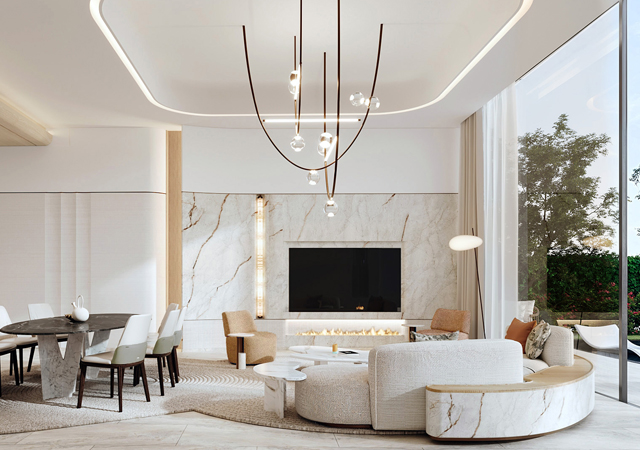
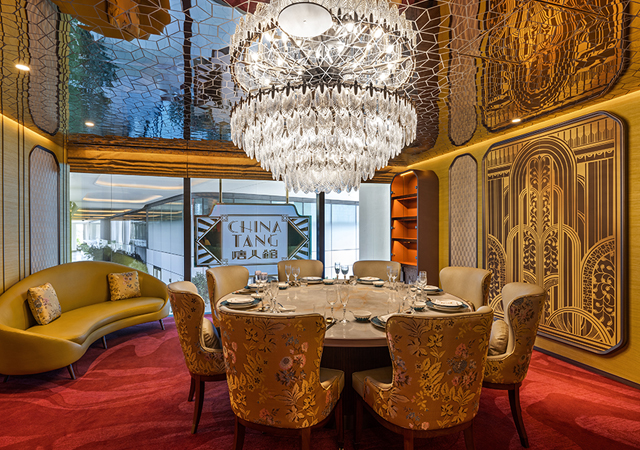
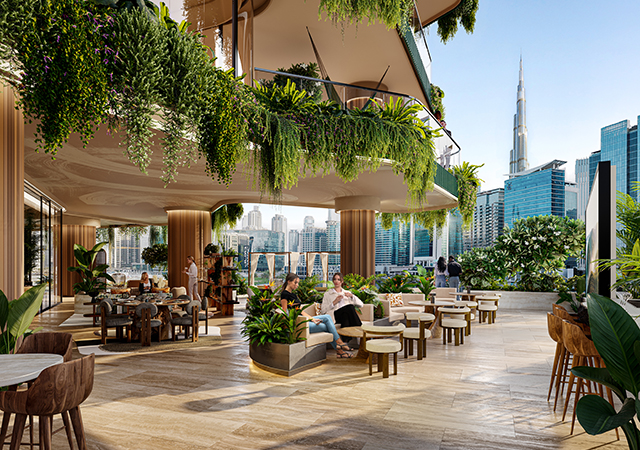
.jpg)


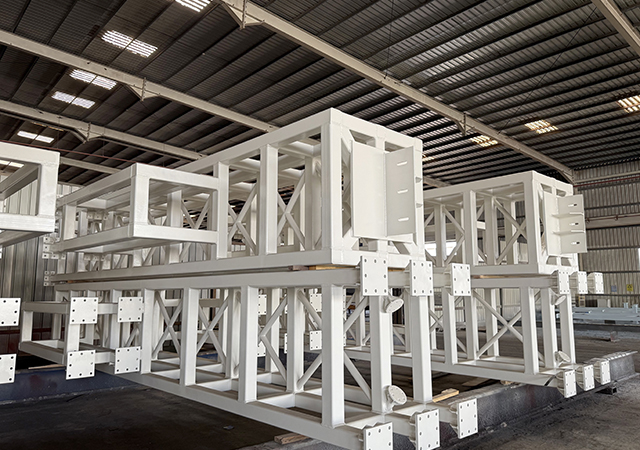




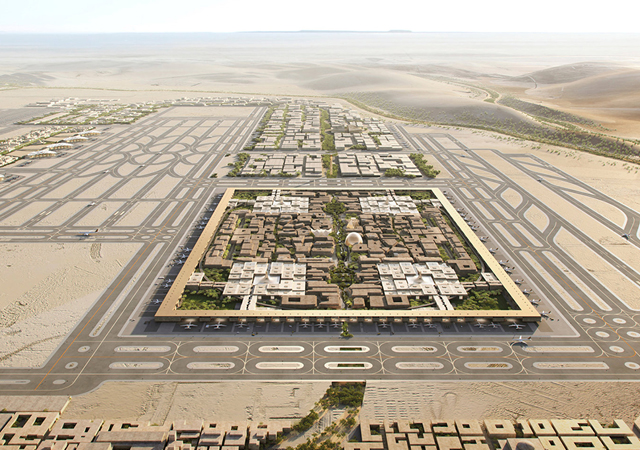
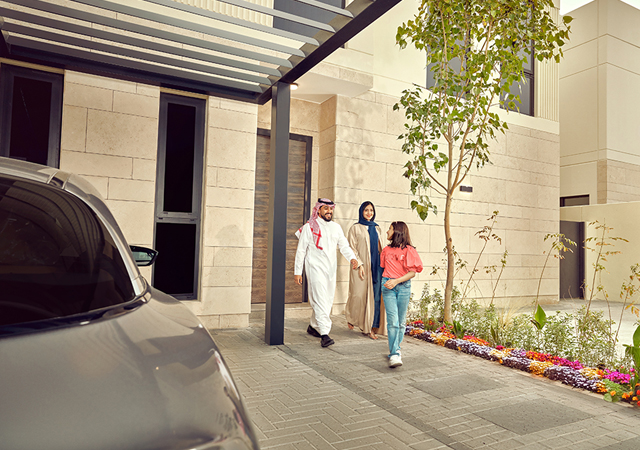
.jpg)
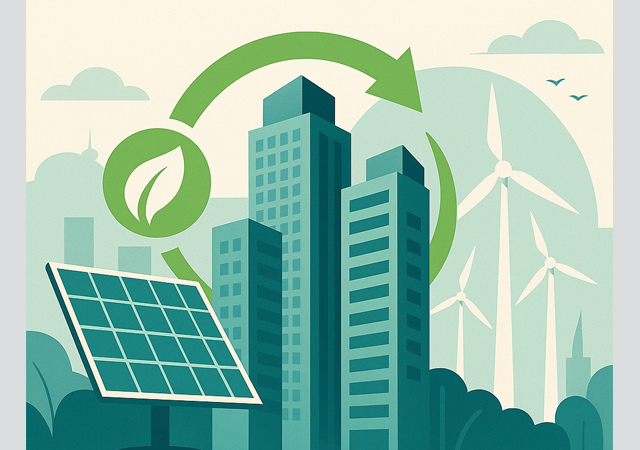



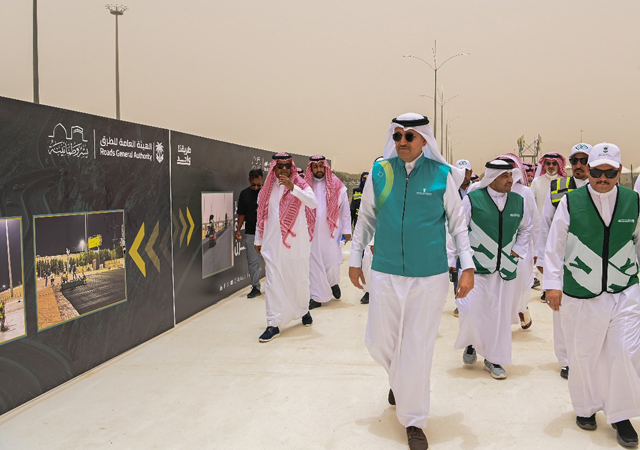

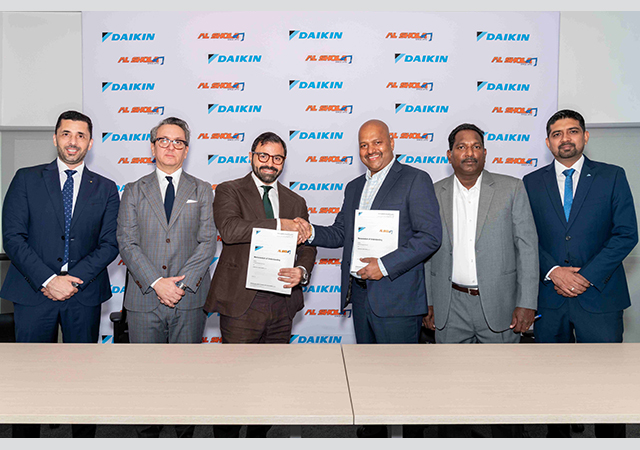

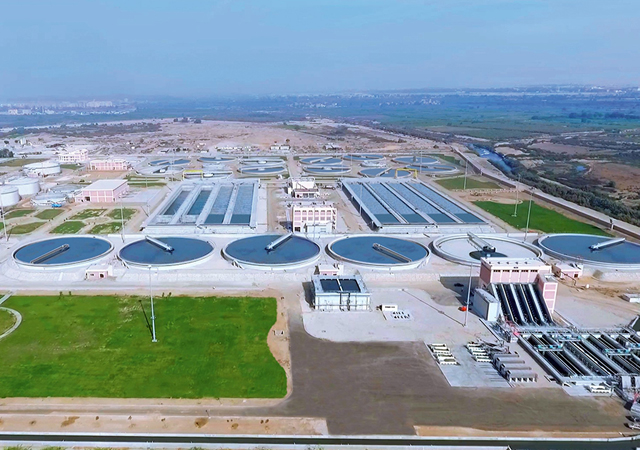
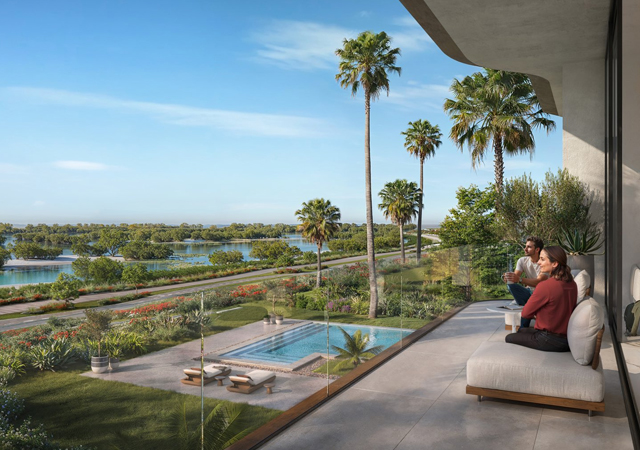
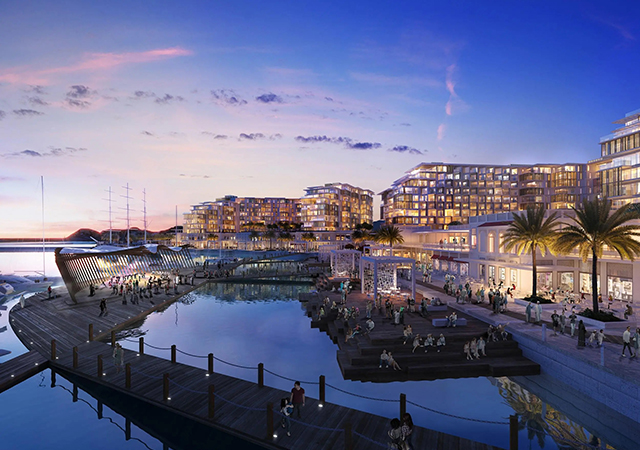

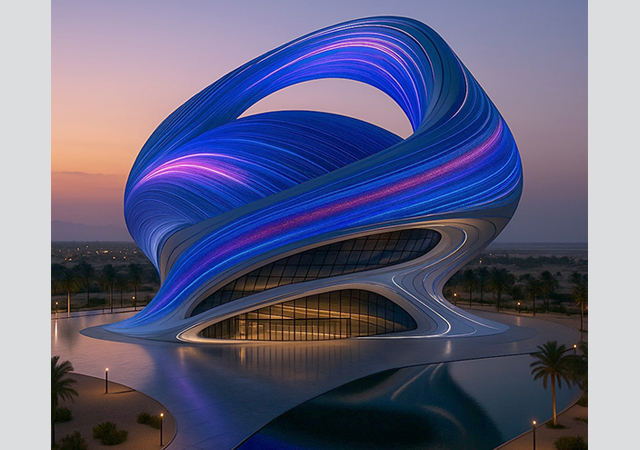

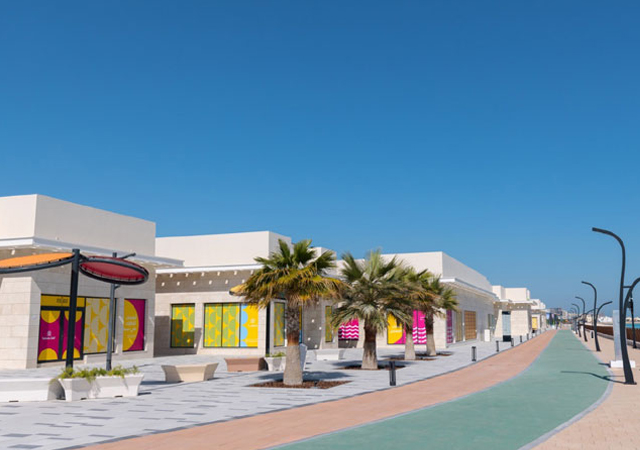

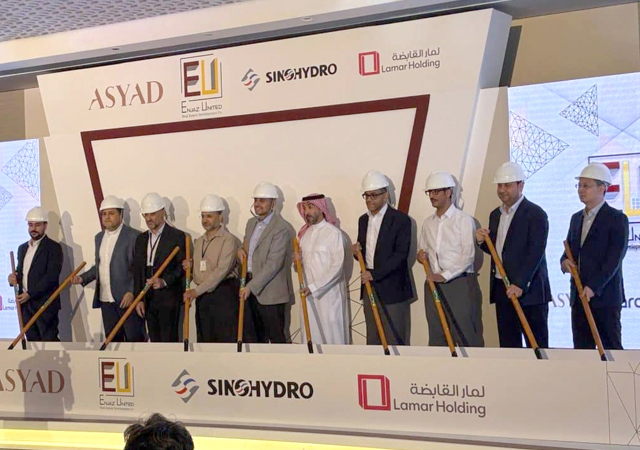
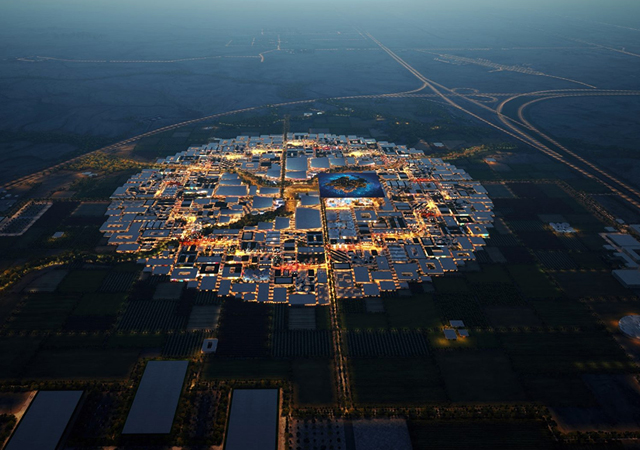
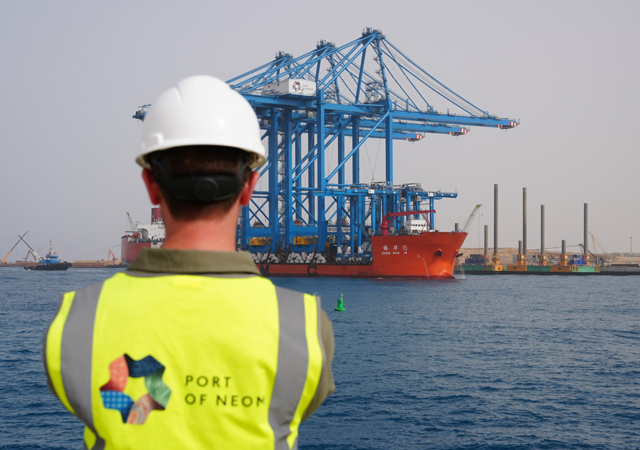
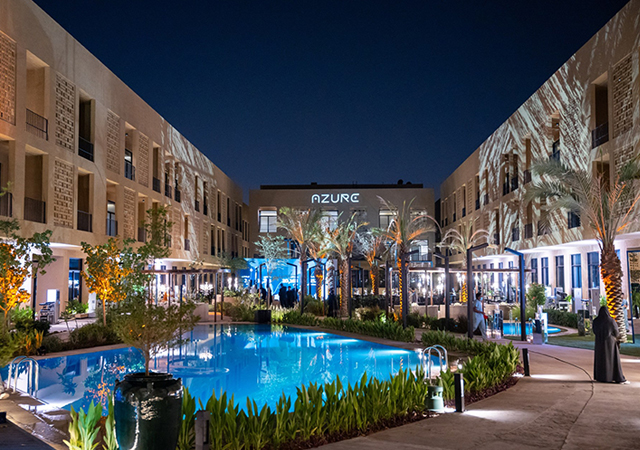
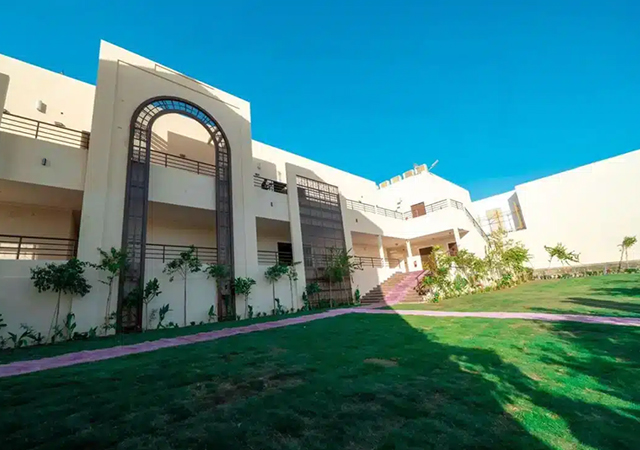


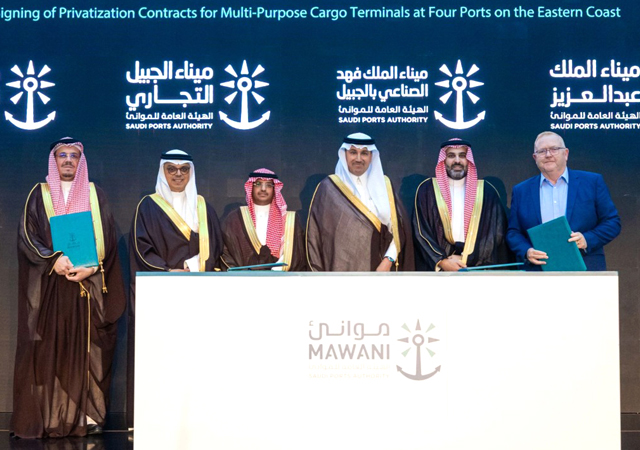
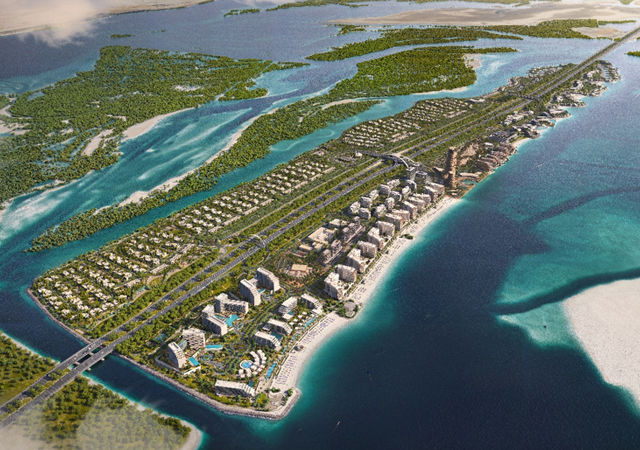

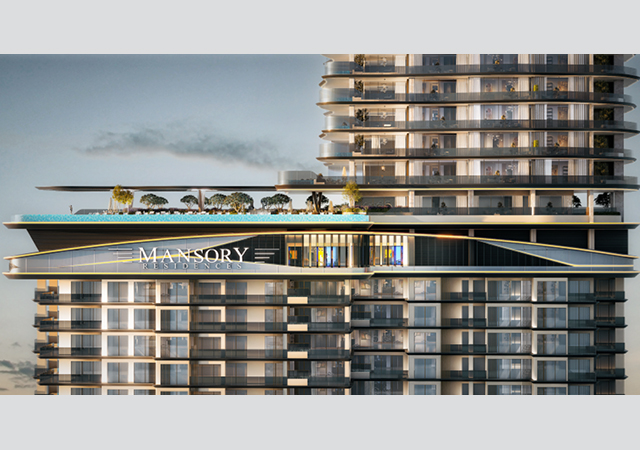
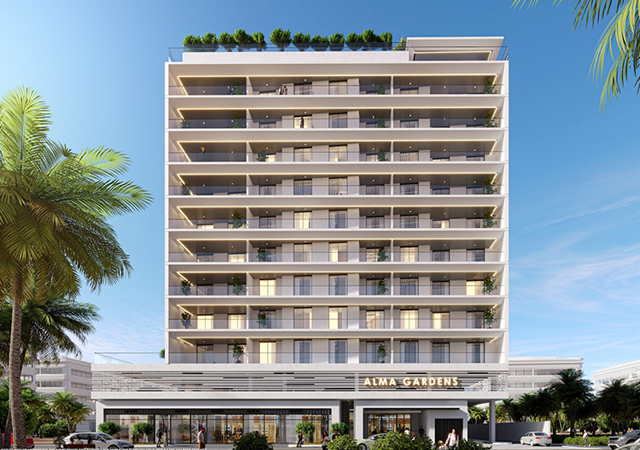

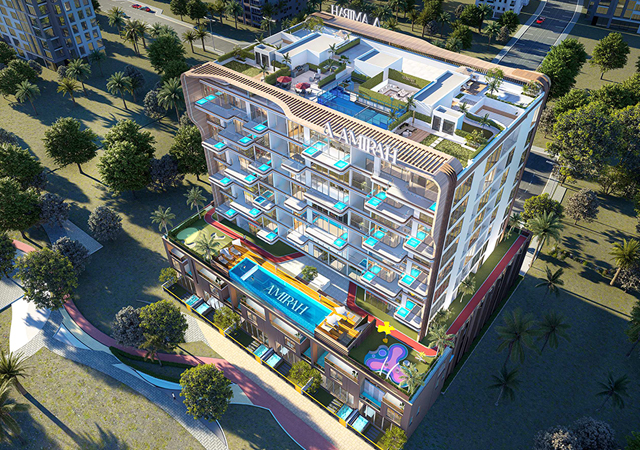
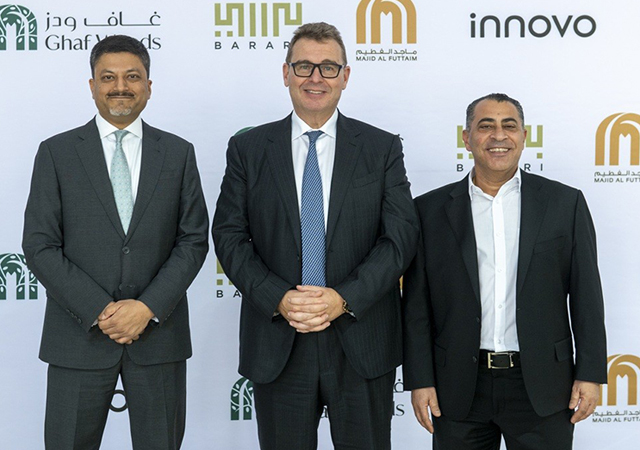
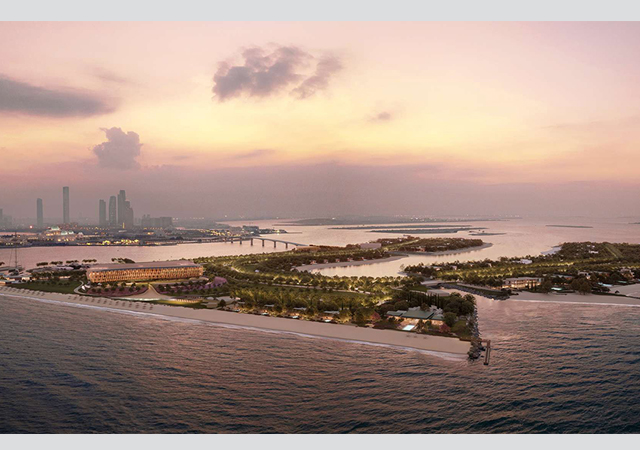
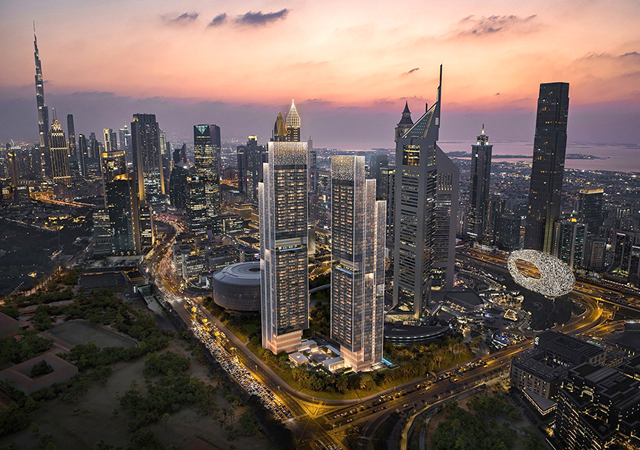
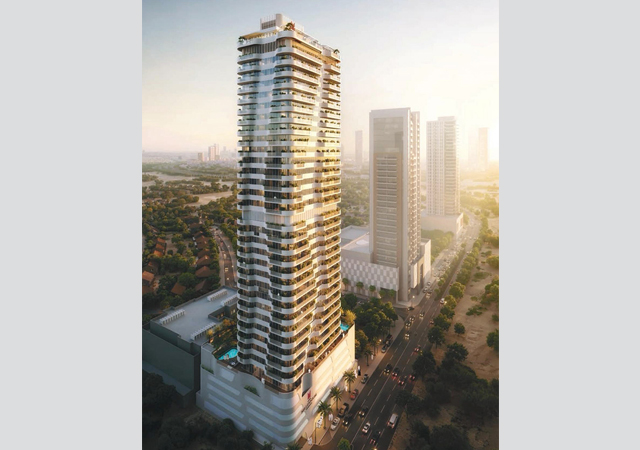
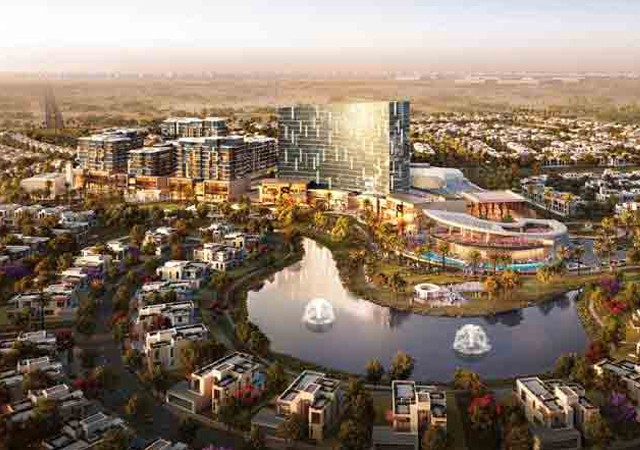
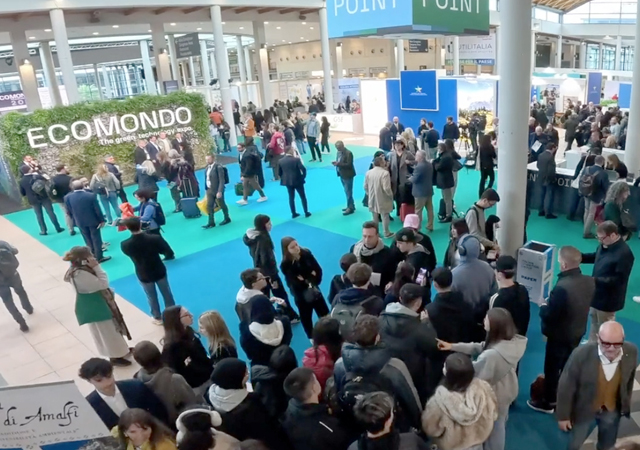
.jpg)

